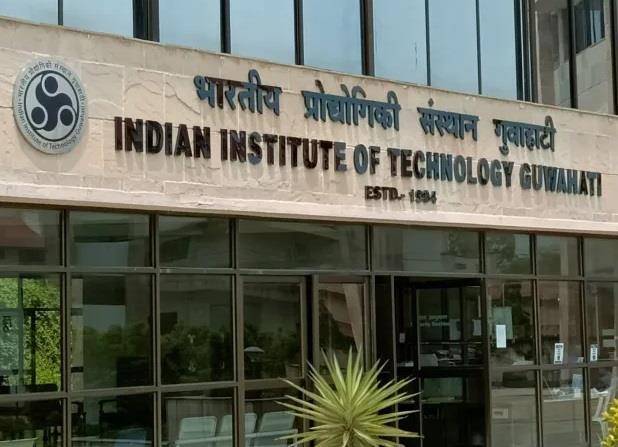IIT Guwahati, ISRO Study Finds X-Ray Polarisation In Black Hole
The findings, published in the Monthly Notices of the Royal Astronomical Society: Letters, open a new window to investigate and understand the nature of astrophysical black hole sources.
Large Magellanic Cloud X-3 (LMC X3) is a binary star system consisting of a black hole and a 'normal' star that is much hotter, bigger, and more massive than the Sun. It is located in a satellite galaxy of our Milky Way, nearly 200,000 light-years away from Earth.
Since its discovery in 1971, it has been observed by various satellites. However, there has been a gap in understanding the polarisation properties of X-rays emitted by highly energetic objects like stellar mass black holes in the universe.
The team detected the emissions through a technique called X-ray polarimetry.
“X-ray polarimetry is a unique observational technique to identify where radiation comes from near black holes. LMC X-3 emits X-rays that are 10,000 times more powerful than those from the Sun," said Prof Santabrata Das, Department of Physics, IIT Guwahati, in a statement.
"When these X-rays interact with the material around black holes, specifically when they scatter, it changes the polarisation characteristics, i.e., degree and angle. This helps in understanding how matter is drawn toward black holes in the presence of intense gravitational forces," he added.
The researchers studied LMC X-3 using the Imaging X-ray Polarimetry Explorer (IXPE), the first mission of NASA to study the polarisation of X-rays from celestial objects. They also made use of the simultaneous broad-band coverage of Neutron Star Interior Composition Explorer (NICER) Mission and Nuclear Spectroscopic Telescope Array (NuSTAR) Mission to constrain the spin of LMC X-3.
“Intense gravitational fields can cause the emitted light from black holes to become polarised. Our observations indicate that LMC X-3 likely harbours a black hole with low rotation rate, surrounded by a slim disc structure that gives rise to the polarised emissions,” said Dr. Anuj Nandi, Scientist, from U. R. Rao Satellite Centre (URSC) at ISRO, Bengaluru.
--IANS
rvt/dpb

Legal Disclaimer:
MENAFN provides the
information “as is” without warranty of any kind. We do not accept
any responsibility or liability for the accuracy, content, images,
videos, licenses, completeness, legality, or reliability of the information
contained in this article. If you have any complaints or copyright
issues related to this article, kindly contact the provider above.
Most popular stories
Market Research

- Daytrading Publishes New Study On The Dangers Of AI Tools Used By Traders
- Primexbt Launches Empowering Traders To Succeed Campaign, Leading A New Era Of Trading
- Wallpaper Market Size, Industry Overview, Latest Insights And Forecast 2025-2033
- Excellion Finance Scales Market-Neutral Defi Strategies With Fordefi's MPC Wallet
- ROVR Releases Open Dataset To Power The Future Of Spatial AI, Robotics, And Autonomous Systems
- Ethereum-Based Meme Project Pepeto ($PEPETO) Surges Past $6.5M In Presale






















Comments
No comment